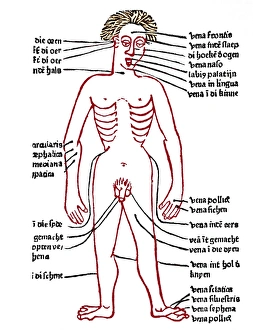Phlebotomy Collection
"Exploring the Art of Phlebotomy: From Ancient Bloodletting to Modern Medicine" In the world of medicine
All Professionally Made to Order for Quick Shipping
"Exploring the Art of Phlebotomy: From Ancient Bloodletting to Modern Medicine" In the world of medicine, phlebotomy is an essential practice that involves drawing a drop of blood for diagnostic purposes. This captivating procedure has evolved over centuries, with intriguing historical connections and remarkable advancements. Centuries ago, bloodletting was a common medical practice believed to restore balance in the body. Fascinating 15th-century diagrams depict various bloodletting sites used by physicians during those times. These illustrations remind us of how far we have come in understanding the human body. Jean-Baptiste Bouillaud, a renowned French physician, made significant contributions to our understanding of cardiovascular diseases through his studies on blood circulation. His work paved the way for modern techniques like blood tests C013 / 9854 and doctors holding blood samples (C013 / 8842 & C013 / 8841), which are now routine procedures in diagnosing illnesses. Interestingly, Francis Broussais, another French doctor from history, advocated for therapeutic bleeding as a treatment method. While this approach may seem archaic today due to its potential risks and limited benefits compared to current practices, it highlights how medical knowledge evolves over time. Phlebotomists play a crucial role in healthcare settings by skillfully collecting blood samples using sterile needles – sometimes even resembling tiny drops of crimson captured under scanning electron microscopes (SEM). The precision required ensures accurate results that aid doctors in making informed diagnoses and developing effective treatment plans. It's fascinating to reflect on David de Planis Campy's contributions as a French alchemist who explored various aspects related to bodily fluids. His research laid some groundwork for our contemporary understanding techniques. As we delve into the realm – where ancient practices intertwine with cutting-edge technology – let us appreciate both its rich historical roots and its vital role in modern medicine.












